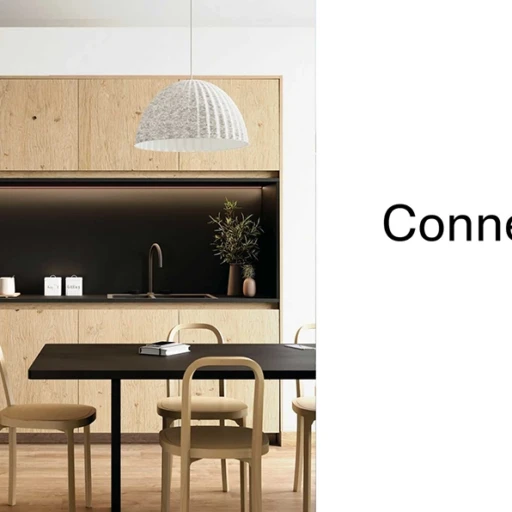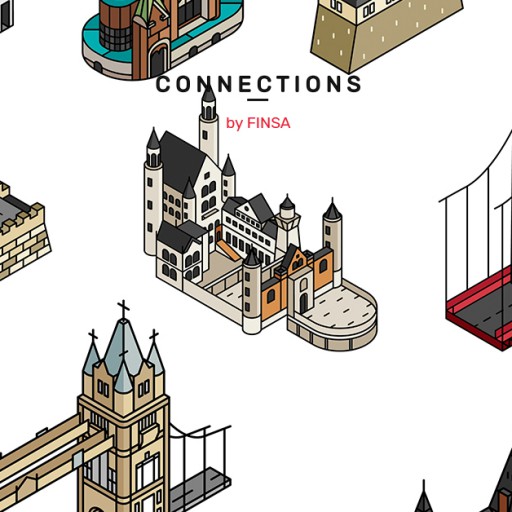The London fair Materials for Architecture is a young event – you could almost say that it is “still in diapers”. However, this event, born in 2017 and dedicated to materials, has been well-received. Its mission is to connect architects and designers with materials providers and, above all, introduce innovative and surprising materials – to introduce us to the future. After the success of materials displays at the last edition of Milan Design Week, we saw some things that were just as surprising in London.
Sustainability: materials that don’t harm the environment
In the evolution of the construction industry, nowadays materials are at the foreground. On the path towards construction which is more respectful of its surroundings, from structures to surfaces, materials which are more resistant and lighter, but above all which are more sustainable, are being sought out. This was the focus of Material Driven’s stand, where we could find everything from the most experimental materials, such as an MDF substitute made from potato offcuts, made by Chip[s]board, to those which are already available, such as Finsa Greenpanel. Sustainable concrete, which has a low carbon content or is made from recycled materials, was also on display and discussed at the fair, as were the benefits of using aluminium.
Mycellium composite
The age of wood has arrived
Wood is one of the oldest construction materials which is constantly being reinvented. This was one of the focal points of the fair, both at the displays and in the lecture program, where Kevin Flanagan, from PLP Architecture, and Mark Ramage, from the Centre for Natural Material Innovation at the University of Cambridge, explained the Oakwood Tower project, which is destined to be the highest wooden skyscraper in the world. Professionals could also learn about the use of wood in engineering with experts Andrew Mather from Ramboll, Dave Lomax from Waugh Thistleton, and Patrick Usborne from dRMM, the latter of which also discussed the advantages of using wood in healing processes through the Maggie’s Centre project at Oldham, a centre for cancer treatment.
Maggie’s Centre. Photo: Alex de Rijke.
Smart materials for smart design
Did you know that there are materials that increase in thickness when they are stretched? These are auxetic materials, which were discussed by researcher Andrew Alderson, professor at the University of Sheffield Hallam. Mark Dowson presented the “Newmass” cooling system, based on the use of a “phase changing material” which absorbs heat while transforming from solid to liquid. The possibilities for the integration of photovoltaic technology in a construction project were also on display in London, showing how the generation of renewable energy could be facilitated in a world which is on its way to decarbonisation.




